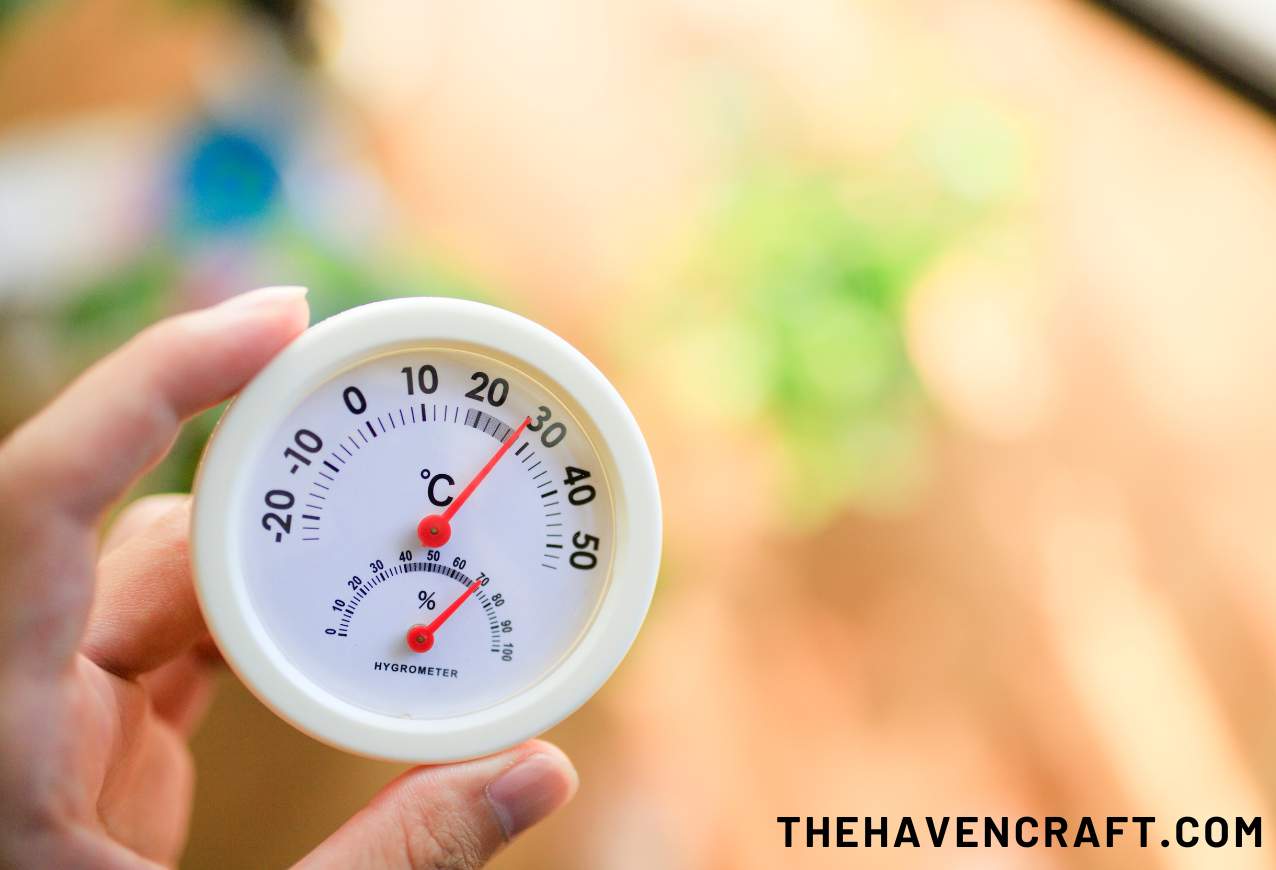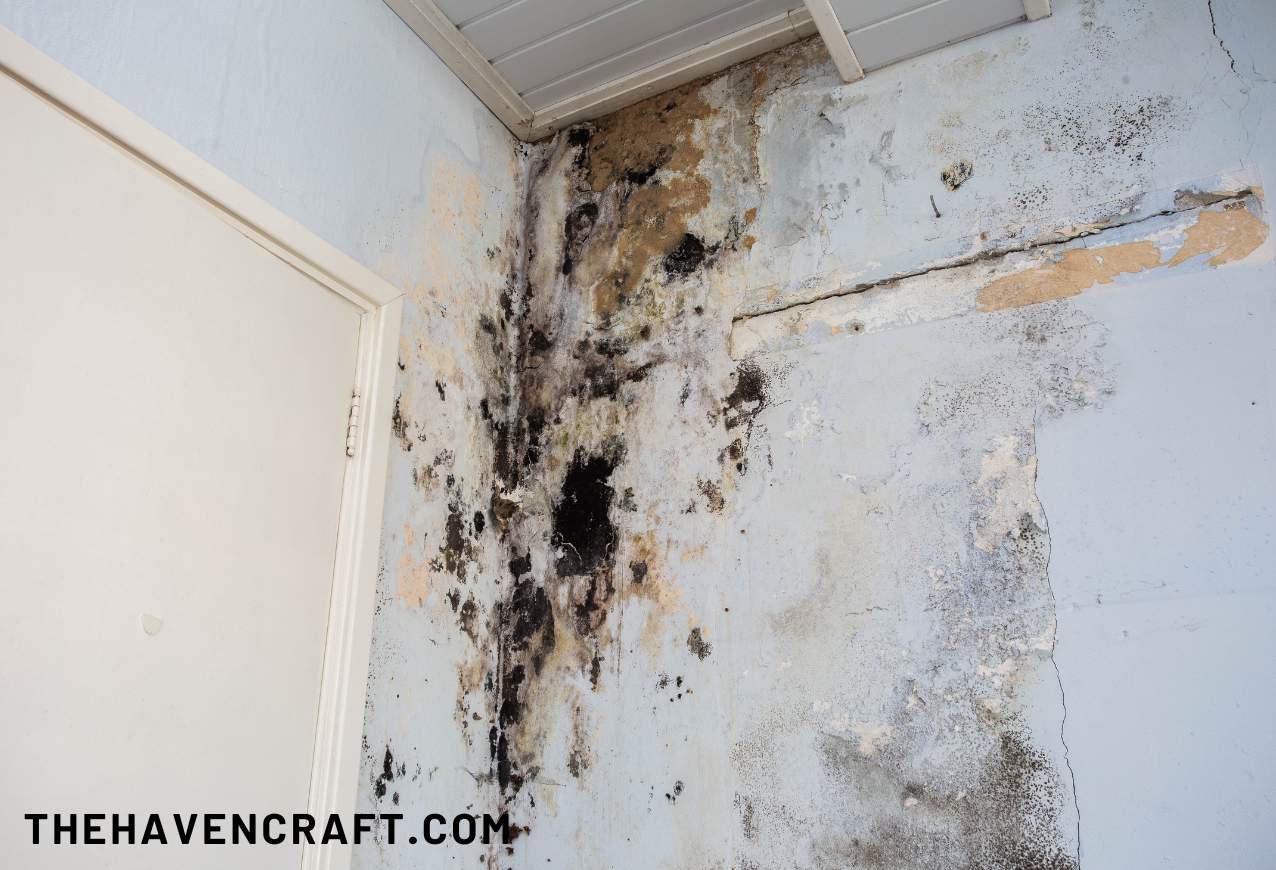Condensation is a common issue in most households. If left unattended, it can damage your property and even cause health issues. So, how about a dehumidifier? Can a dehumidifier help with condensation? If you are interested in knowing how you can use a dehumidifier to deal with condensation problems, this article will help you. So, keep reading!
What Causes Condensation in Homes?
Simply put, condensation occurs when warm, moist air comes into contact with cooler surfaces. Windows, walls, and floors are more vulnerable to condensation in most homes. Here are some factors that contribute to condensation in homes.
Differences in Temperature
As explained, when warm and moist air hits a cold surface like windows, condensation tends to occur. This is especially true in colder weather conditions when the outside temperature is cool and the inside is heated.
This doesn’t happen only during the daytime; the same can happen during nighttime as well. During the night, the temperature inside a home can drop, leading to the cooling of surfaces that are warm during the day. This can lead to condensation, especially in areas where the air is stagnant.
High Humidity Levels
Daily activities play a big role in condensation, such as cooking, washing dishes, or even breathing, for that matter. When these activities take place in areas without adequate ventilation, it can help condensation to occur.


Proper ventilation is imperative to keep condensation at bay, and when it is hampered, you will see condensed areas in your home.
Poor Insulation
Yes, homes with single-glazed windows are more prone to condensation as they offer little insulation against outside temperatures. There is a high possibility of outside cold passing through such windows, cooling the surfaces inside. This can result in condensation.
It can happen not only with windows but also with poorly insulated walls and roofs. If this is the case, the heat will escape from the home and cool the inside surfaces, leading to condensation.
Other than the above-mentioned factors, rainy weather conditions, cold weather, drying laundry inside, poor building designs, and overcrowding can contribute to condensation in homes.
Can a Dehumidifier Help With Condensation?
Yes, a dehumidifier can significantly help with condensation by reducing the humidity levels in your home. Let us take a minute and explain the mechanism of a dehumidifier so that you can understand how a dehumidifier tackles condensation.
A dehumidifier draws moisture from the air and lets it pass through cold coils to condense the moisture into water. Then, the water will be collected in a reservoir or drained away. Now, the dried air will be heated and released outside.
This process helps to reduce the humidity and likelihood of condensation forming on surfaces.
How Does a Dehumidifier Help with Condensation?
Here is how a dehumidifier successfully deals with condensation.
Reducing Humidity Levels
When the moisture level in the air is reduced, it has the ability to reduce the possibility of condensation. As we explained earlier, condensation usually occurs when the moisture hits the cooler surfaces. So, when the moisture in the air is reduced, it will prevent condensation.
Preventing Surface Moisture
By keeping humidity levels in check, a dehumidifier helps to prevent the formation of moisture on surfaces such as windows, walls, and floors. Areas with high humidity activities can benefit due to this.
For example, basements, kitchens, and bathrooms are prone to moisture, and when a dehumidifier is used, it can counter the moisture in the air without much problem. However, it is important to choose the right size dehumidifier to get the best results against condensation.


Preventing Mold
Persistent moisture from condensation can lead to mold and mildew growth. This can damage the property as well as cause health issues in the long run.
Since a dehumidifier can prevent condensation, it can prevent the issues you would face due to condensation, creating a healthy living environment.
How to Use a Dehumidifier to Prevent Condensation?
As you know now, using a dehumidifier effectively can help prevent condensation in your home by reducing the humidity levels in the air. However, just owning a dehumidifier won’t be enough. Here is how to use your Dehumidifier to prevent condensation problems in your home.
Choose the Right Dehumidifier
As we slightly touched on earlier, choosing the right size dehumidifier is always important. Start by selecting a dehumidifier that matches the size of the room where you need to reduce humidity. We have a dedicated article on “What size dehumidifier do I need.” We highly recommend you to go and read it.
Check the Humidity Level of the Area
You can use a hygrometer to measure the room’s current humidity levels. If the humidity level is more than 60%, you will have to use a dehumidifier. It would be better if you checked the humidity levels at different times of the day for a few days to get an accurate reading.
Since the humidity level has the tendency to change frequently, measuring one time won’t provide you with the intended results.
Set your dehumidifier to maintain indoor humidity between 40% and 50%. This level is ideal to fight against condensation and to create a comfortable living environment.
Placement of the Dehumidifier
This is another crucial factor that requires your eager attention. We recommend placing the dehumidifier in a central location in the room to ensure even distribution of dry air. Don’t keep it in places where the airflow is restricted due to furniture or other obstacles.
Yes, we know it is pretty tempting to place the dehumidifier in colder areas. However, doing so won’t help you deal with condensation successfully. It’s better to place it in a warmer part of the room as it helps prevent the dehumidifier’s coils from freezing.
Run the Dehumidifier at the Right Times
Run the dehumidifier when the humidity levels are high. After cooking, washing dishes, or showering are examples of such instances. In addition, it’s better to consider running the dehumidifier overnight when temperatures drop and condensation is more likely to form.
In addition to the above, consider the following factors as well for optimum protection against condensation.
- Clean the dehumidifier’s air filter regularly to ensure efficient operation.
- If your dehumidifier has a collection tank, make sure to empty it regularly to avoid overflow.
- Use the dehumidifier along with proper ventilation.
- Ensure proper ventilation in your home.


Adam Voges is a seasoned expert with 11 years of experience in the heating and cooling industry. His deep understanding of HVAC systems and cutting-edge home climate technologies makes him a trusted authority on maintaining comfortable and energy-efficient homes. Adam’s blog discusses the latest innovations, best practices, and troubleshooting tips for heating and cooling devices, helping homeowners make informed decisions about their indoor climate control. Whether you’re looking to upgrade your system, optimize energy usage, or solve common HVAC issues, Adam’s insights are invaluable. His passion for sustainable living and his commitment to enhancing home comfort shine through in every article he writes.



